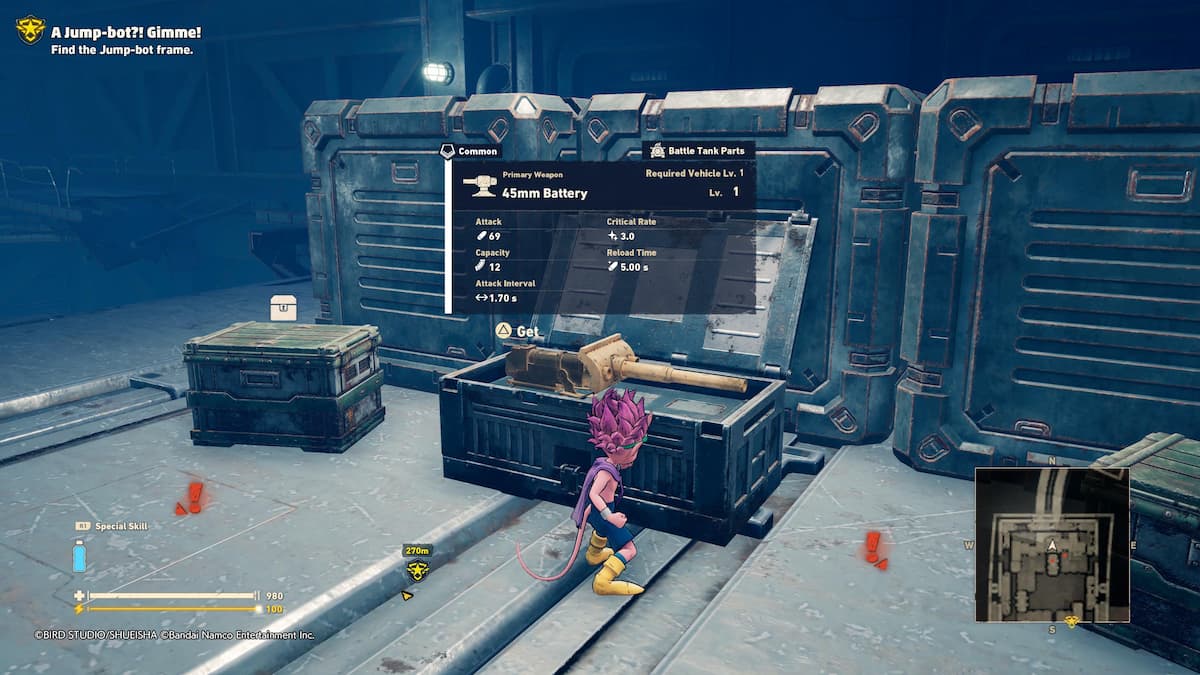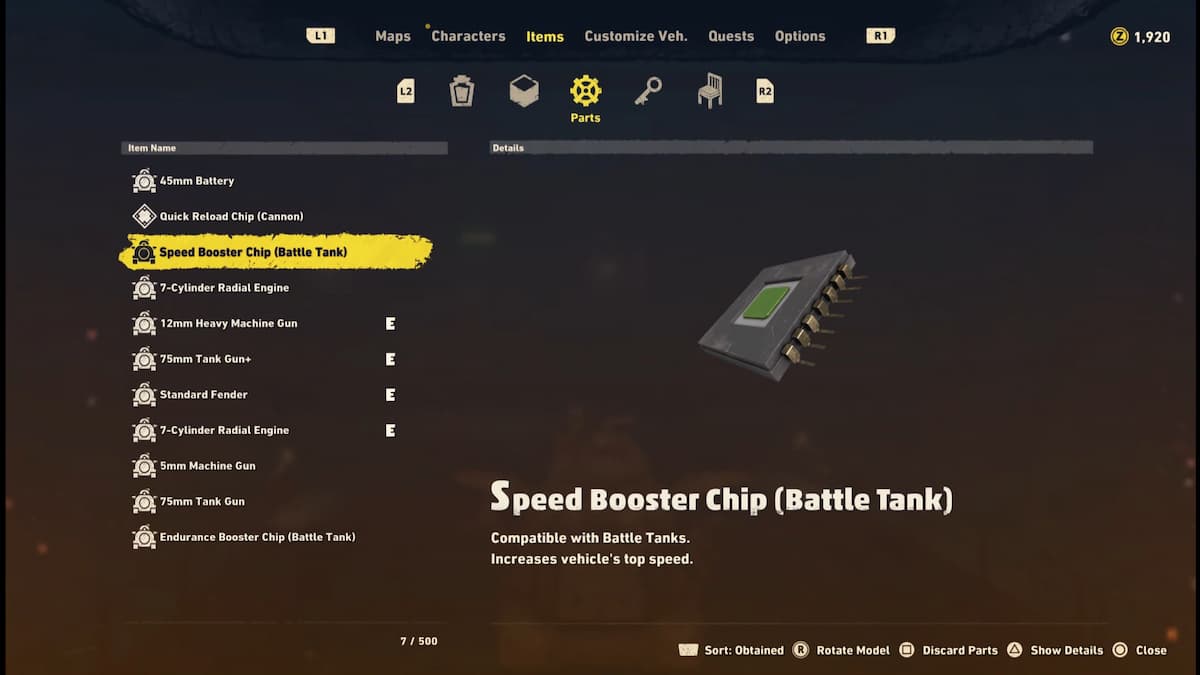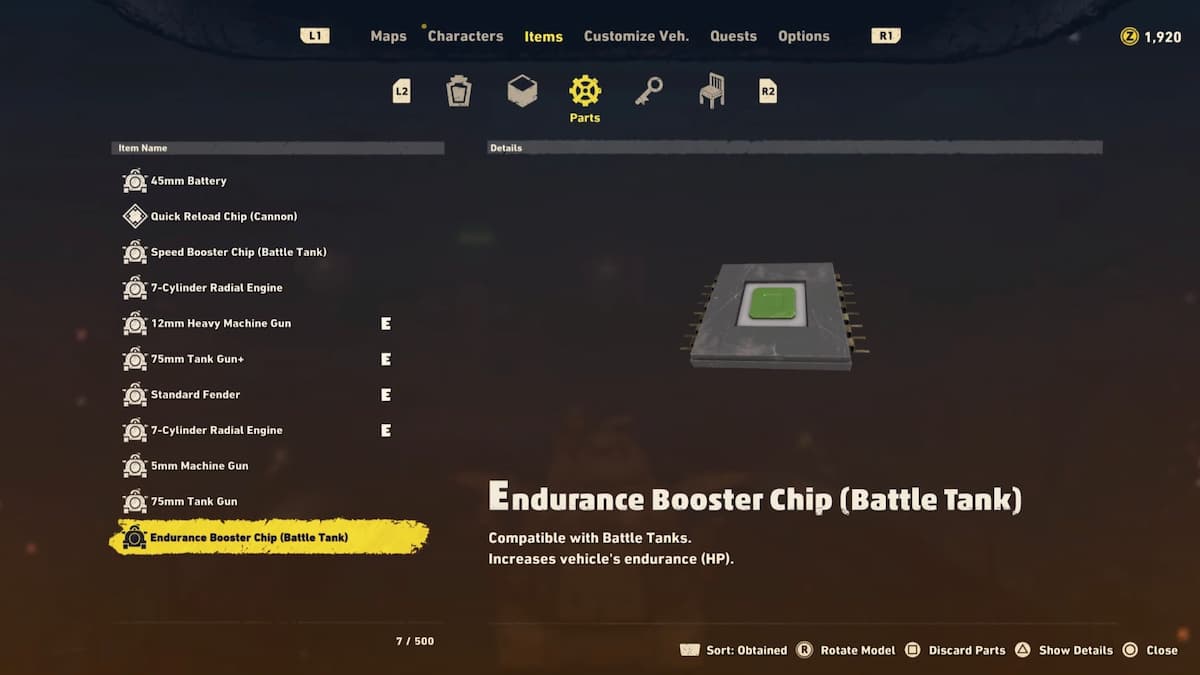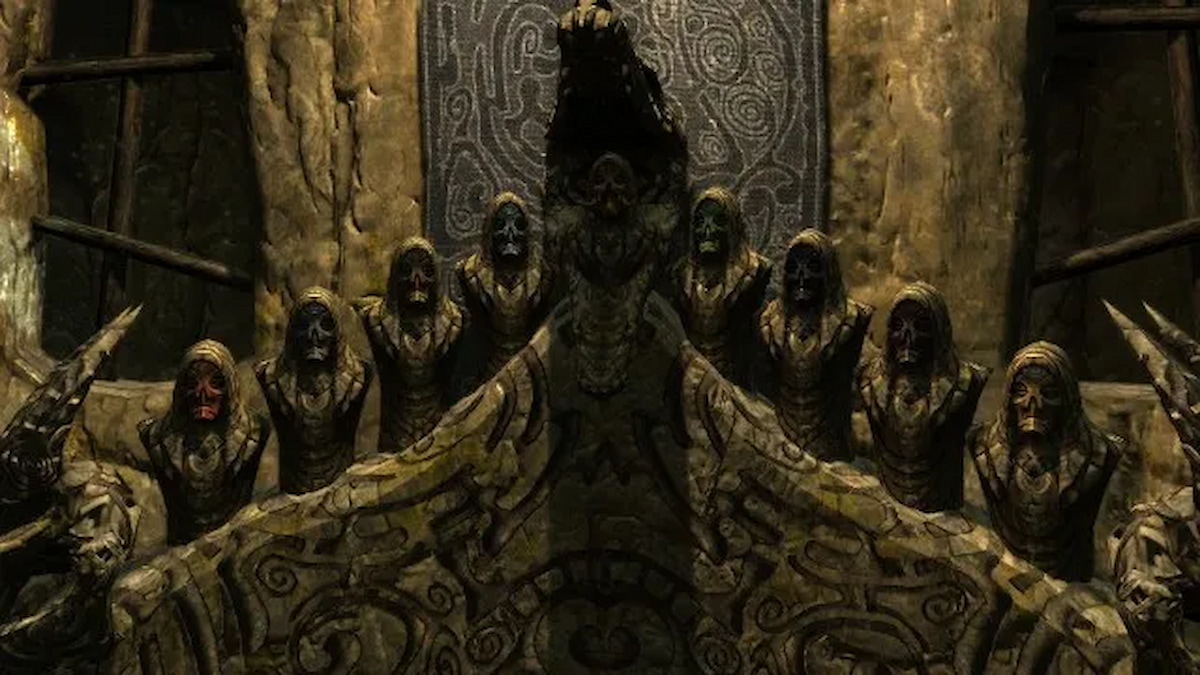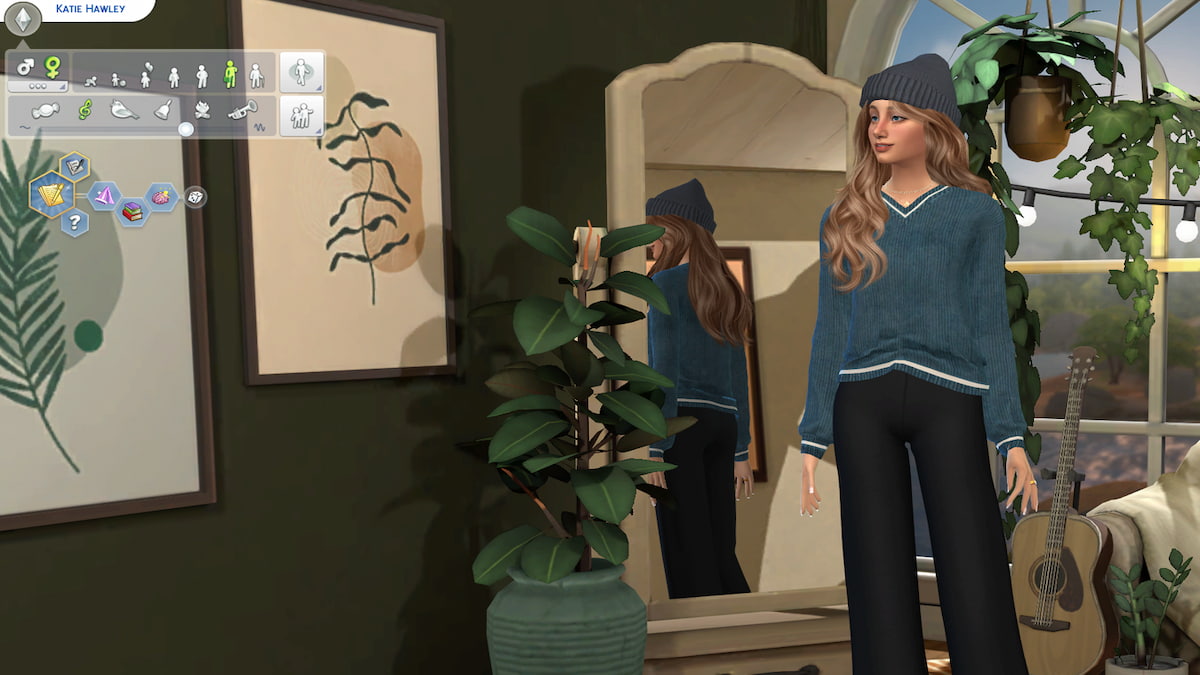The idea of tabula rasa is one that, in Western culture, originates with Aristotle. It means “clean slate,” a fresh, new beginning. In computer science, the term refers to any agent that has the ability to reason and plan toward a goal but has no built-in knowledge of the environment. This concept is inherent in robotics and understanding any form of artificial intelligence — and is hence also applicable to non-artificial intelligences as well.
This article will attempt to prove that the Heart of the Swarm is a Zerg tabula rasa; a return to origin, to zero point. Every player, no matter their race, has to learn everything anew: how to cheese, how to defend cheese, how to macro, how to harass, and how to punish greedy players. This article will also discuss the exciting scouting possibilities available to Zerg in Heart of the Swarm to illumine the way in this dark and hazy new world.
[ To view in original formatting click here ]
“Human intellect at birth is rather like a tabula rasa, a pure potentiality that is actualized through education and comes to know[ledge]” [and knowledge is attained through] “empirical familiarity with objects in this world from which one abstracts universal concepts.” -Ibn Seid (Avicenna)
Since this is a new slate, let’s return to the original Zerg design concept.
Wikipedia: Races of Starcraft
Zerg units are designed to be cheap and fast to produce, encouraging players to overwhelm their opponents with sheer numbers. Since the release of StarCraft the Zerg have become a video gaming icon, described by PC Gamer UK as “the best race in strategy history”. The term “Zerg Rush” or “zerging” has entered video gaming jargon to describe sacrificing economic development in favour of using many low-cost and weak units to rush and overwhelm an enemy by attrition or sheer numbers. The tactic is infamous, with most experienced RTS players being familiar with the tactic in one form or another.

“Sauron play requires a player […] to build Drones until the last minute then switch to building an army in time to stop an opponent’s first attack before switching back to powering. Once the Zerg’s economy has reached saturation, a Sauron player will then switch exclusively to combat units and flood their opponent with wave after wave of attacks until their defenses are overwhelmed.”
-Liquipedia
The quote above mentions “sacrificing economic development.” Well, that is a very general term. One could argue that one has to make that choice at every stage of the game. Even if one gets eighty drones before they sacrifice economic development, it still comes at some point. I’m not going to advocate — or condemn, for that matter — early aggression. That’s beyond the scope of what I want to cover with this article. It is the concept of “The Swarm” that is important. Of course, “sacrificing economic development” can come in another form, as well. Zerg is not the most cost effective of races. The general consensus is we need to be a base ahead to be on an even footing with a Protoss or Terran opponent. This is due to our inefficiency. By engaging in less than perfect situations, but with overwhelming numbers, we gain our advantage.

So of course, we have to be able to sustain this force. As such, it is important to establish an economy early on. Unlike other races, Zerg does not suffer from linear production. If a Terran has one command center, he can make one SCV per a production cycle. Period, without exception. A Zerg, however, can make as many drones as he has larva. Therefore, every production cycle we can delay making an army, we get further and further ahead. This is even cooler than that, though, because what do drones cost? Minerals. So the more drones you have, the more drones you can make! In fact, even making an Extractor, then diverting three more drones to mine it, cuts into your overall economy in a significant way.
This also leaves the Zerg player open to many cheeses and timing attacks. The only army unit that one can make that doesn’t cost gas is a Zergling, and without speed which costs gas, it’s going to be useless in most defensive scenarios. Zerglings also cost larva, which means it’s a drone not made. So a balance has to be struck between drones and army units, between mineral and gas collection. The bright side of this is the Zerg ability to flood out a vast number of units in a small period of time — we’ll call this concept concentrated production: production of any Zerg unit is a net total of worker production plus army production. More plainly, everything comes out of the same building. If we can see a timing attack coming, we can make enough units in just a few cycles to defend. Cheese in Wings of Liberty has historically been very popular, but as time wore on, responses were developed. People learned how to react, what to do, what to change. And ultimately, how to beat these cheeses. Some examples might include:
- 11/11 rax
- Proxy rax
- Pulling all SCVs
- Bunker rushes
- 6 pool
- 9 Roach Rush
- Baneling bust
- Cannon rush
- 2 Gate Proxy
- 4 Gate
- The list goes on…

In Heart of the Swarm, the world isn’t so mapped out. Returning to our tabula rasa principle, this is a new birth. A newborn knows very little of the world into which he is born. He has innate characteristics (genetic predispositions), but ultimately what he learns about the world will define how he views the world. His education will be a rough one, full of hardships, with differing qualities of advice being fed into his ear day after day. He will make mistakes. But as he becomes familiar with how small things in the world work — say, his feet, upon which he balances for his first steps — he will learn how larger systems work — say, his legs, which give him the strength to run with the feet upon which he balances. He will grow up, and go to a nice Kindergarten, where he meets a lovely young lady. They will date, but ultimately, she will break up with him. It is here that innate characteristics play a role in his first conflict. One person might see this as devastating. A tragic loss. Another might see it as liberating. A newfound hope.
In this same manner exist the races of Starcraft. Each race has its own genetic predispositions. We briefly discussed Zerg’s intrinsic properties–cheap army units with fast production that get where they need to go in a hurry. Wal-Mart units. This is a defining concept of everything Zerg and should be kept in mind throughout this article, as it plays a major role in some of the larger conclusions we draw. Like the fellow in the allusion, the Zerg path will be one of a lot of heartache and mistakes, a lot of deaths to cheese. But through those experiences, we must learn how to defend those cheeses. With proper scouting information, accurate knowledge of the game, and strong execution we will conquer. The trick is to establish a strong transition between the two major phases of a Zerg build. The economic phase, and the aggression phase. These phases are characterized by which type of unit you are dedicating your larva towards: army or drone. A newborn tends to err on the side of caution. He isn’t sure what’s coming at him next, so just to make sure, he prepares his defenses. He makes an army, earlier than he has to, which cuts into drone count, which ultimately lowers his chances of winning the game. And if he chooses not to do that, then of course that’s the game that he finds Hellbats dropped into his mineral line.
With time, this will tend to settle itself. Zerg will find answers to individual cheese, and other cheeses will be developed. But the best way to find out about a cheese — even ones you’ve never seen before — is to scout. And that is something that Heart of the Swarm makes very easy. While some people have complained about all the new units only being available at Lair tech (comments on a recent GSTL game featuring FXO comes to mind), I think the bigger changes come with the technologies that are now available at Hatchery tech. Overlord speed is the best scouting tool there is, and while that is a lot of gas for that point in the game, it is also important to note that one has no reason to rush Lair quite as quickly any more, and as such could make the case that it pays for itself. If one wanted Overlord Speed in a hurry in the past, one would have to get Lair (100 gas) and then spend another 100 on the speed upgrade, too! The upgrade therefore requires less investment in the form of gas and time. By being available sooner, it is also far more powerful, coming at a time when most opponents won’t have heavy enough anti-air to stop the full scout. And of course, if one can confidently scout that no aggression is coming towards them, they’re going to feel far more comfortable droning to a ridiculous amount before stopping on a dime, and switching into all-out aggression.

This figure depicts the effect discussed in Wings of Liberty, where the player had to cover all bases. One had to tech, as most scouting options required Lair, as well as many options for defending the first major attack. One had to have a strong econ, otherwise one was all-in. And, at some point, one had to make an army, else one would simply die.

This shows how Zerg production is ideally. We want to make all of our drones as quickly as possible, the top priority. This leads to more exponential gains sooner, which can end up resulting in 5-10 extra drones over the entire course of a game. Of course, one will not want to die, so army becomes the second priority. With all of the resources going to these two, few can be spent on technology. That is fine. This is known in Brood War as a “Sauron-style” early game.

At some point, one will eventually reach their ideal drone count. At this point, they will stop making economy — unlike the other races, Zerg doesn’t need to maintain worker production linearly throughout the game. If we find ourselves needing workers, we can simply make a big round of them, no big deal. Usually, at this stage, we throw a large wave of low-end units at our opponent in an effort to overwhelm him.

However, this model would work, as well. This model represents the most turtly Zerg possible. Rather than going from economy straight into war production, this Zerg is favoring safely transitioning into the supreme late game. This is the Zerg equivalent of a Protoss player who cannons up for Carriers, or the Terran who’s waiting for 200/200 to move out with his Mech army. Figure 1.3 and 1.4 are interchangeable; the important part is Figure 1.2 is now a more viable alternative due to better scouting options being made available earlier in the game.
Up until this point, there has been a black alarm clock with big bright red letters on it circa 1980 ticking over the Zerg players head game after game, night after night, in the Wings of Liberty universe. How many drones can you get til you make a Lair? How long will you stay on Lair without Infestors? How many Infestors will you make before Hive? Will you make Ultralisks before Brood Lords? In a sense, Heart of the Swarm didn’t disable the clock — they destroyed it. In Wings of Liberty, once Zerg got Lair, they basically had to grab Infestors then Brood Lords. Anything else, of course, would delay Brood Lords. Mutalisks and Hydralisks alike were considered distractions — good for a round of production, maybe two, for surprise tactics or clean up around the map, then transitioned out of very quickly. And whatever gas you spent on those units of course delayed your Brood Lords by an equal amount. Everything revolved around the Brood Lord, because it was our only positional unit.
Let’s pause the clock for a second. What’s a positional unit? Mostly, it’s something that helps a player control space. A few examples would include Sentries who can move their opponents into whatever formations they desire; Colossi whose attack animation perfectly follows a concave, hence punishing units that naturally take that shape; Siege Tanks, who when sieged can defend any territory within range. Groups of siege Tanks then can cover one another from ground assaults, making it nearly impossible to engage directly; and Brood Lords, who in large groups spawn enough Broodlings to hold ground-based anti-air armies out of range. Positional units are the bread and butter of an army that is trying to attack into an entrenched position — positional units are how you ultimately kill your opponent. Think about it this way: What’s an Immortal-Sentry all-in without the Sentries?

Not that kind of controlling space, guys…
The most important part to take away from this article is that in Wings of Liberty, our Zerg brethren were being rushed through their tech tree under the guise of safety until finally arriving at a unit that was bulky, slow, and expensive; in short, everything that Zerg is not. Zerg has since its inception been a race that is based on overwhelming the enemy with large numbers of mobile, fast-attacking ferocious beasts. Wings of Liberty was a mistake. Heart of the Swarm is the solution. It has very little to do with anything new that was added, and a lot more to do with changing when technologies could be accessed. Think of the “Sauron Zergs” from Brood War: vast, unending streams of units constantly rallying out of all of Zerg’s bases and attacking into multiple locations at once. This is not a low economy play. How does one get to this point? By maximizing the drone count early enough that one can afford this type of production. How does one get that kind of economy? Through sacrificing Overlords endlessly in an effort to gain any tiny scrap of information.
Now, Zerg can gain information during their opening tech tier. This allows them to stay safe through scouting, to make all the drones they need in the certainty they are not being attacked. Once at Lair tech, there are many viable options available now. Mutalisks used to be a transitional unit — good for one round, maybe two, of production before being quickly phased out by opposing techs. Hydralisks, until the very end stages of Wings of Liberty, were viewed in a similar light. And of course, Zerg needed to get Brood Lords out in a hurry — no longer! With the advent of the Swarm Host, we have a reasonable, low tech unit that can control space in a very cost-effective way should the need arise. We don’t have to make them, but the option is there if we need it, and with a lot less investment to boot. We can now focus on the things that matter which has little to do with Hive tech. We can now return to our modus operandi: overwhelming numbers in all stages of the game.
Fear the Swarm!
Header image from Gamersmafia.

